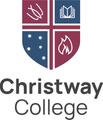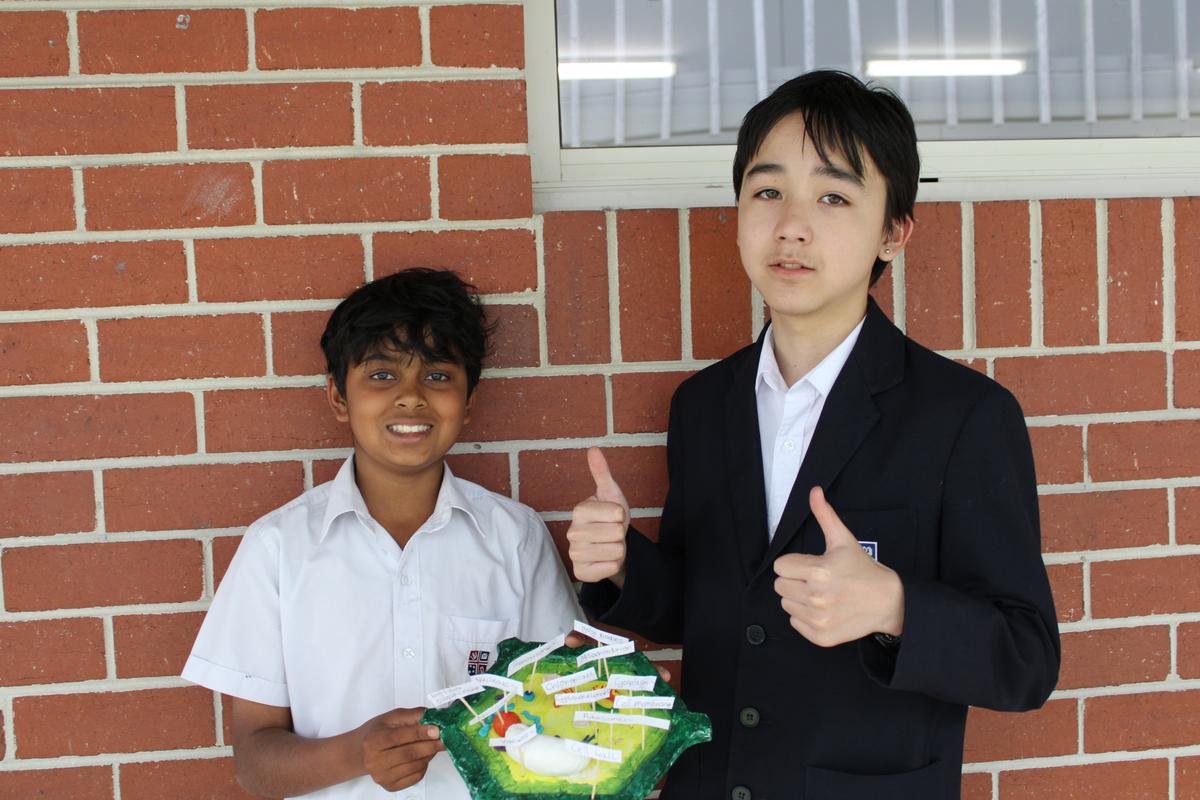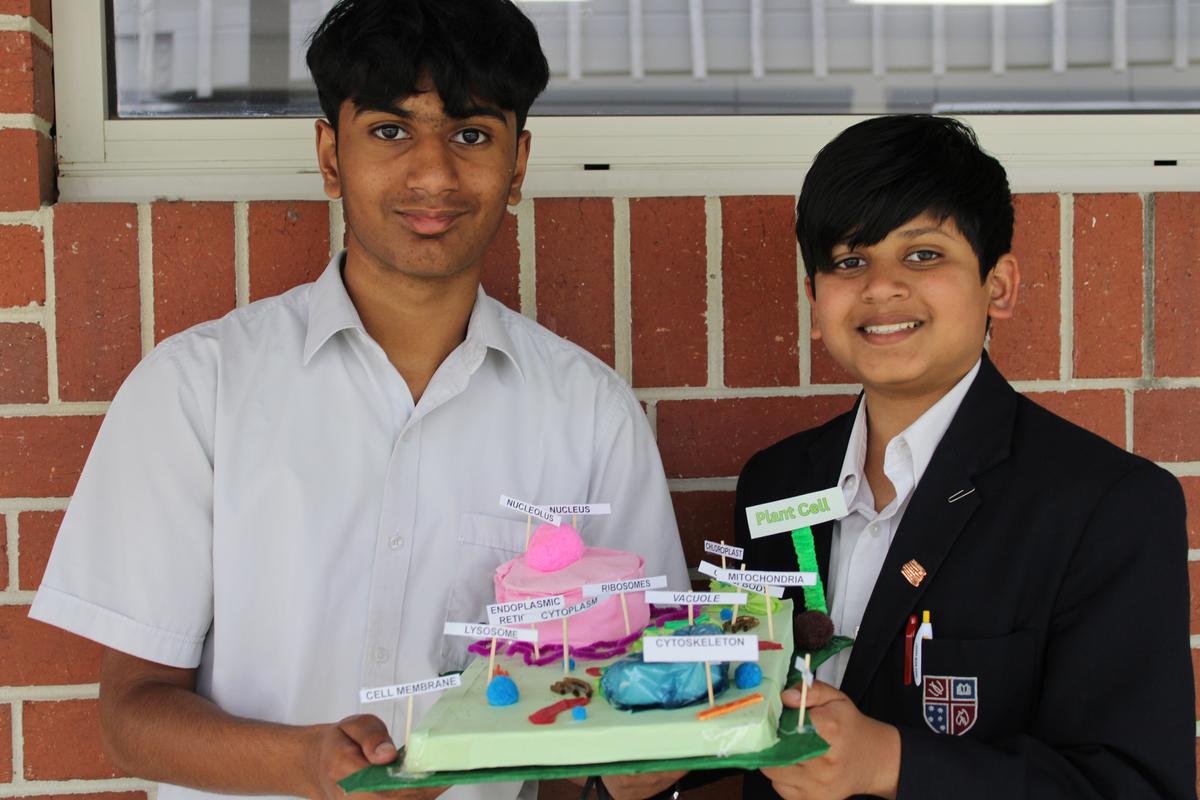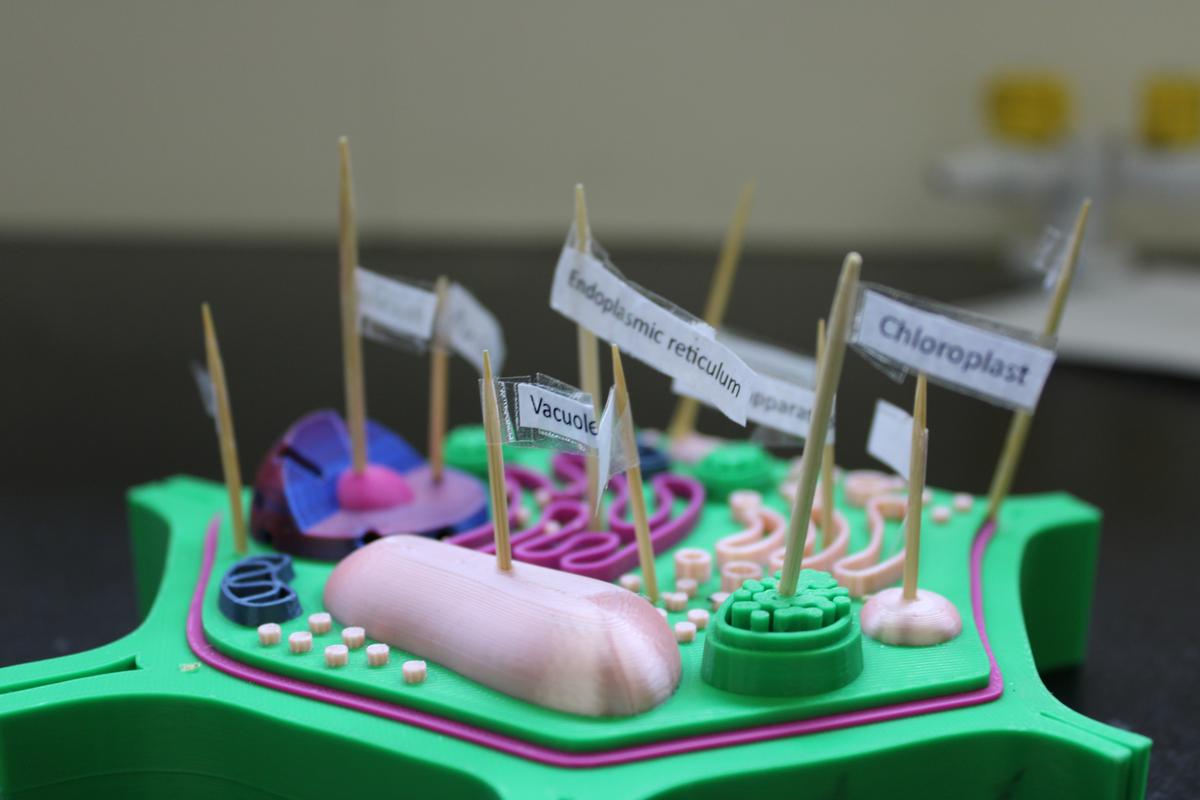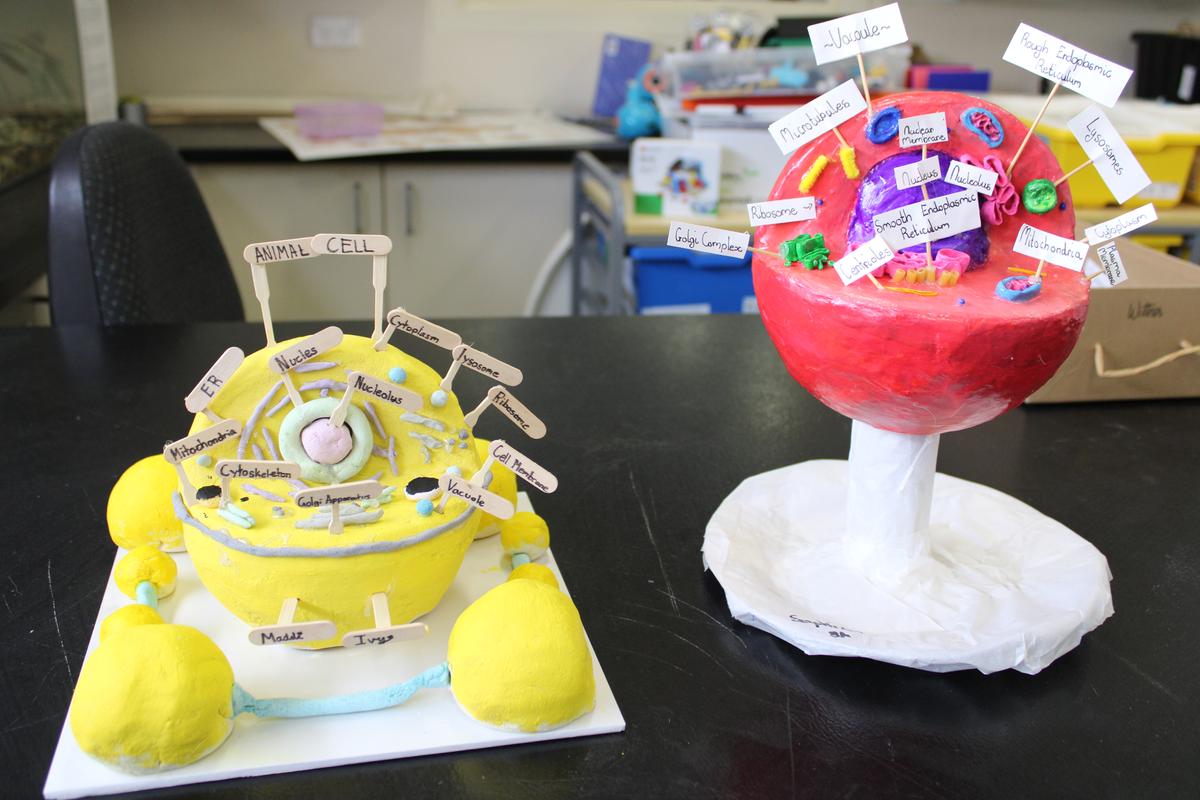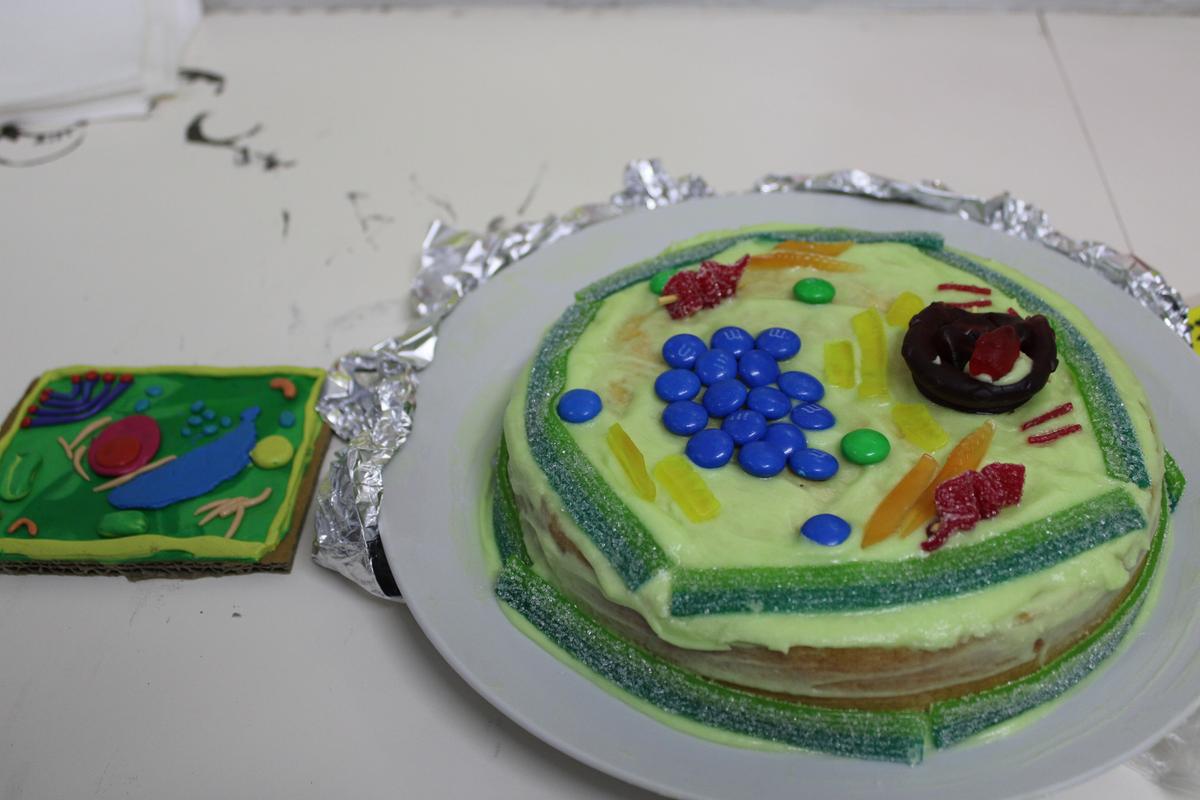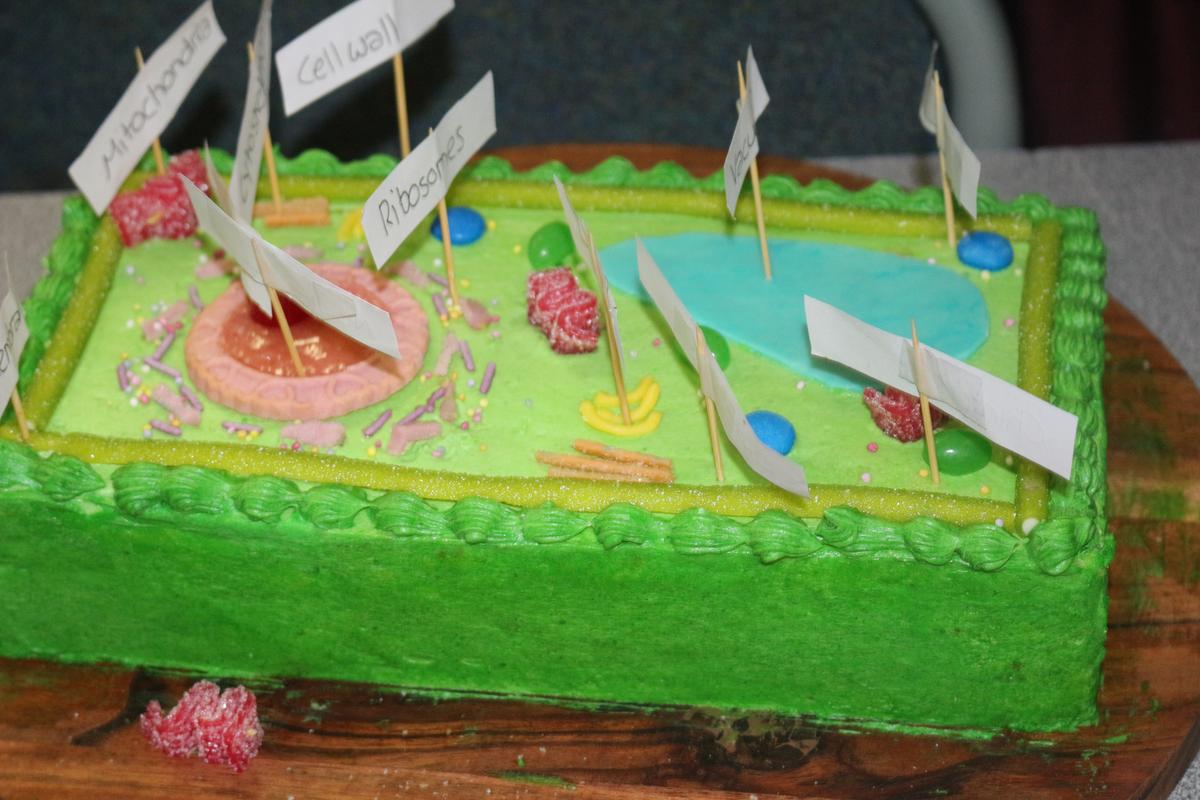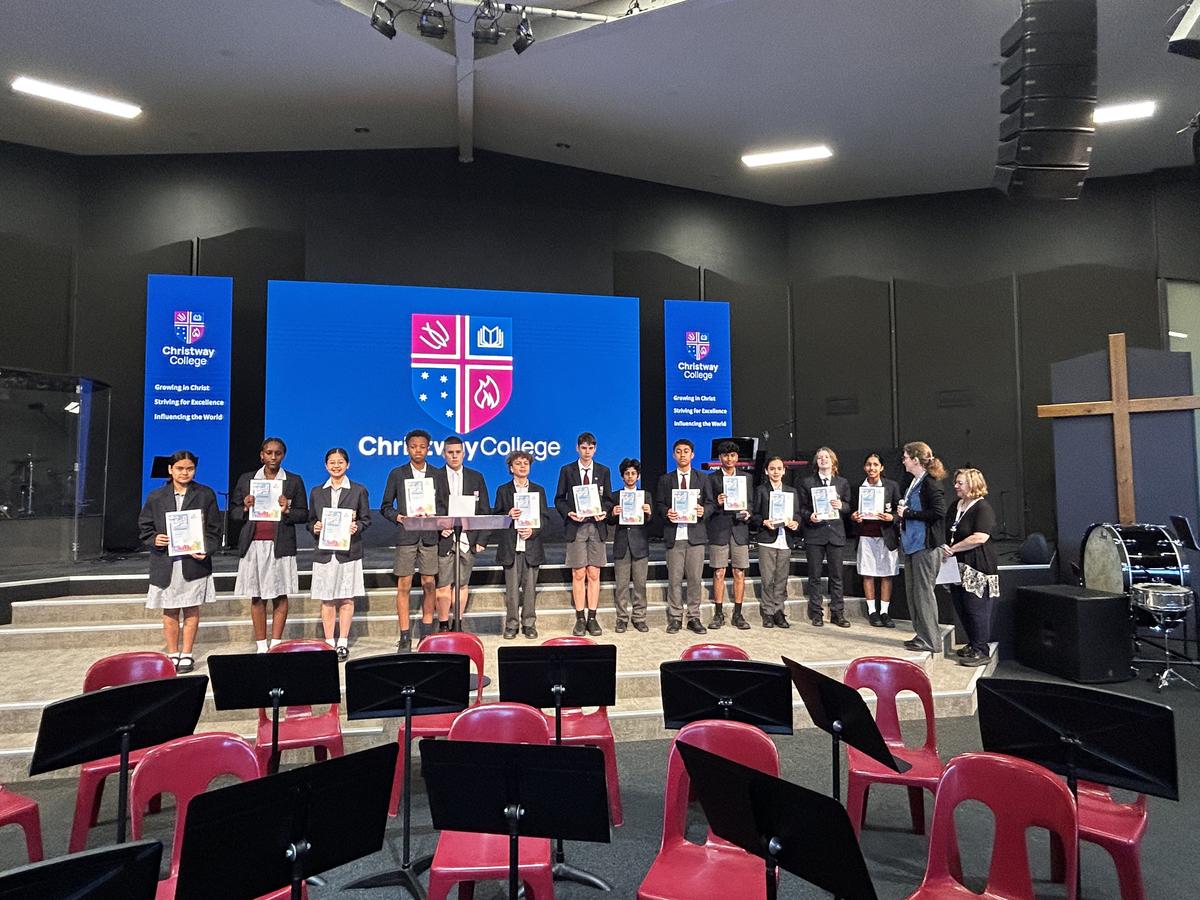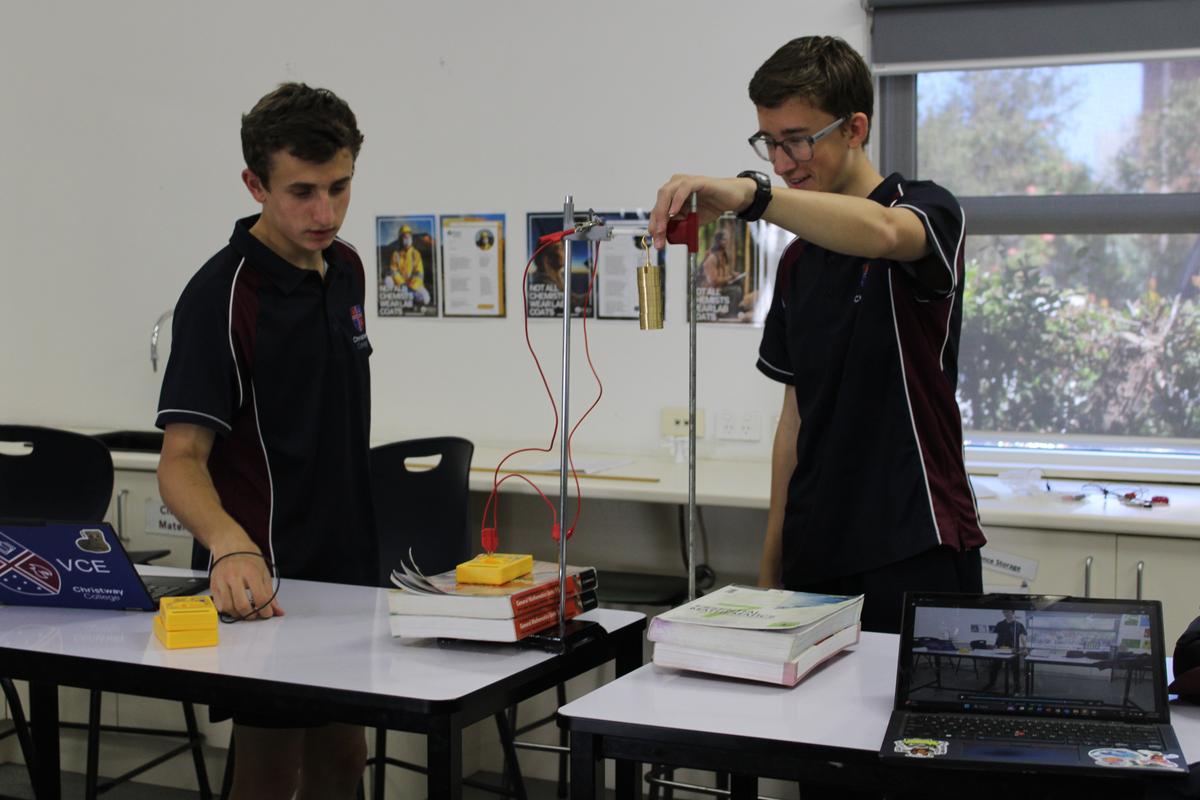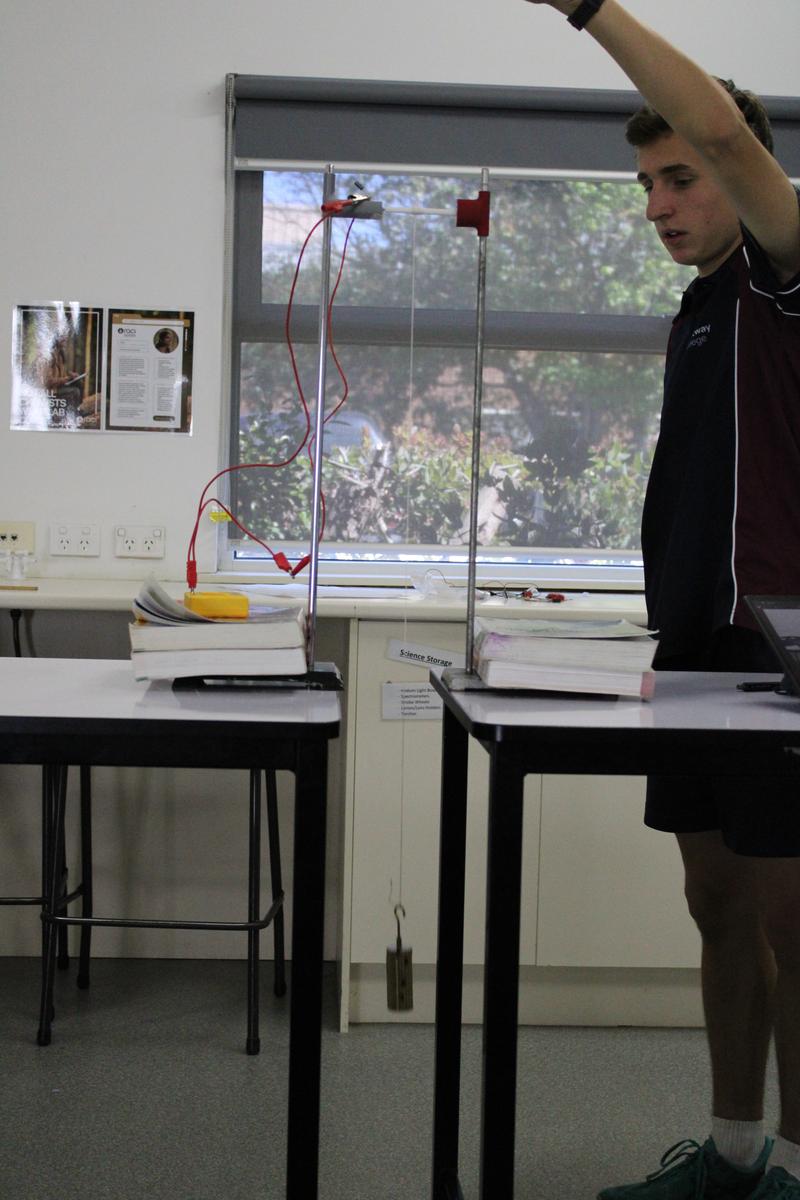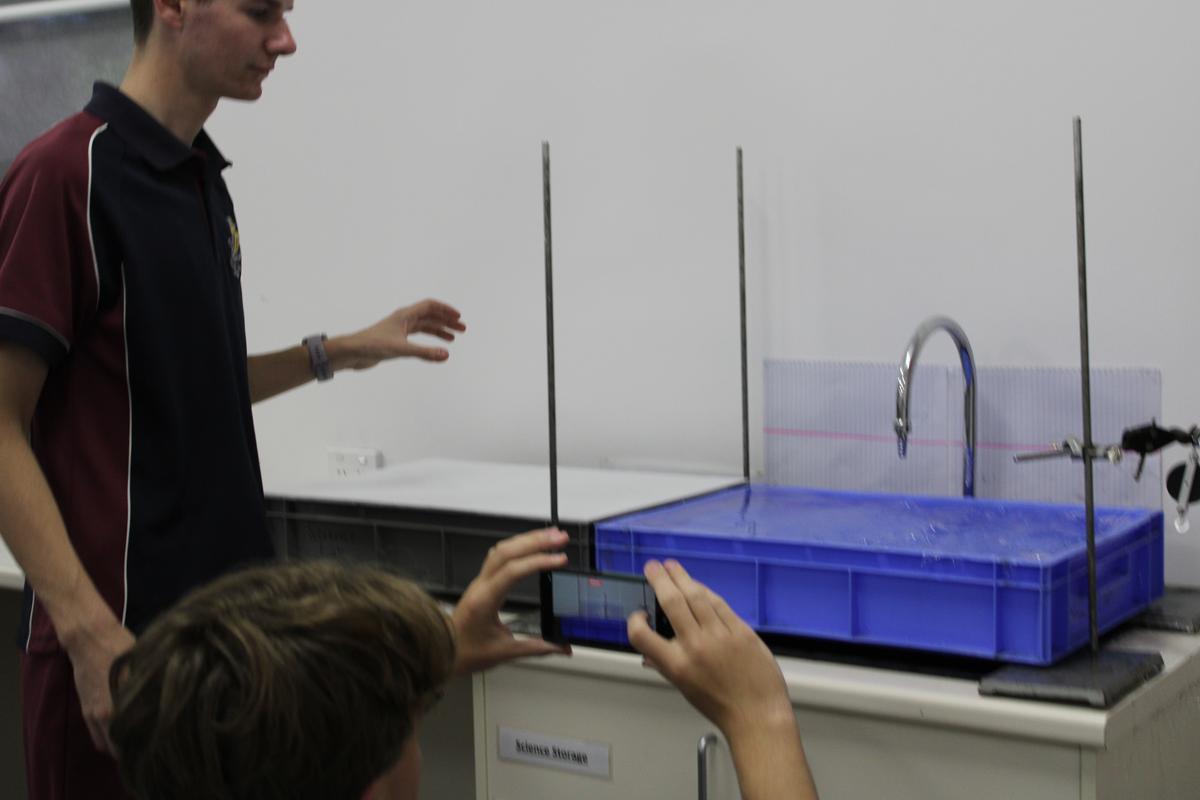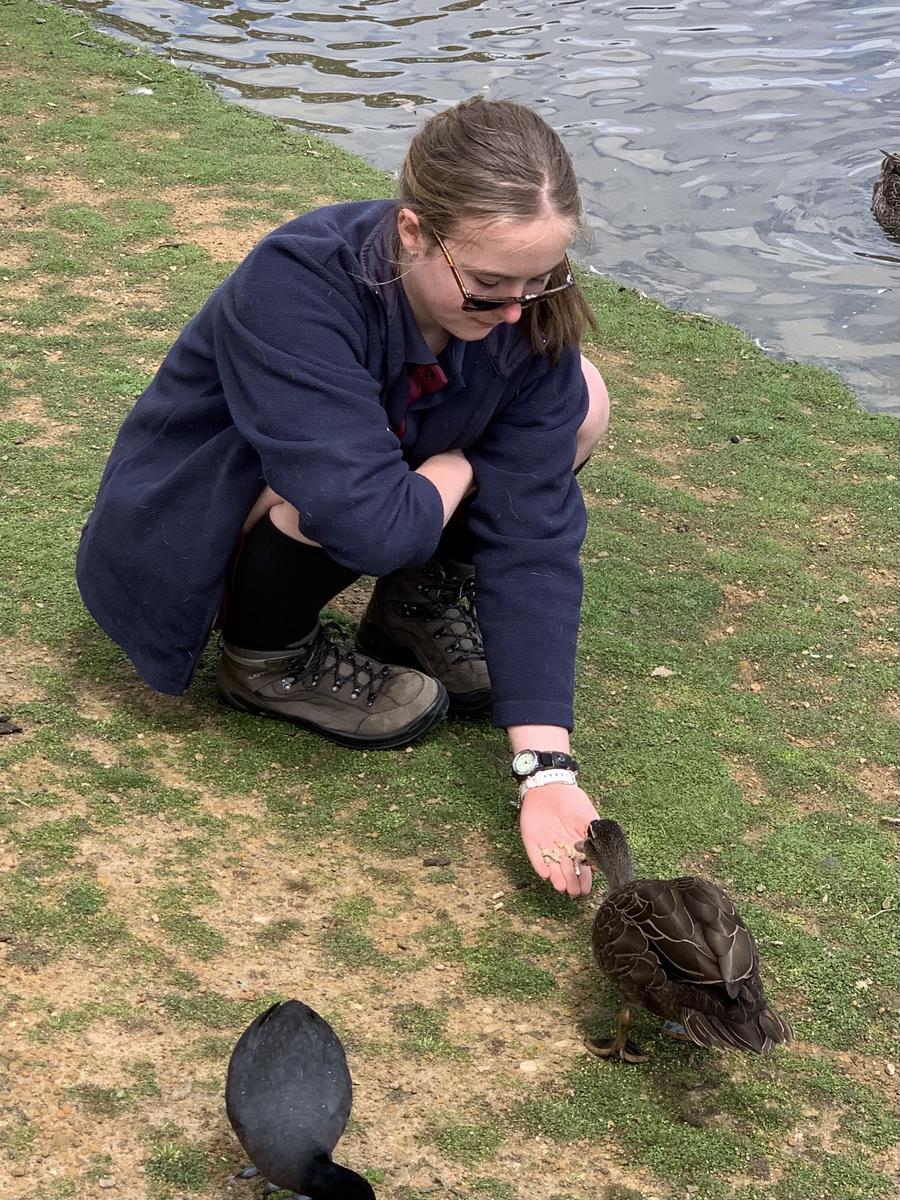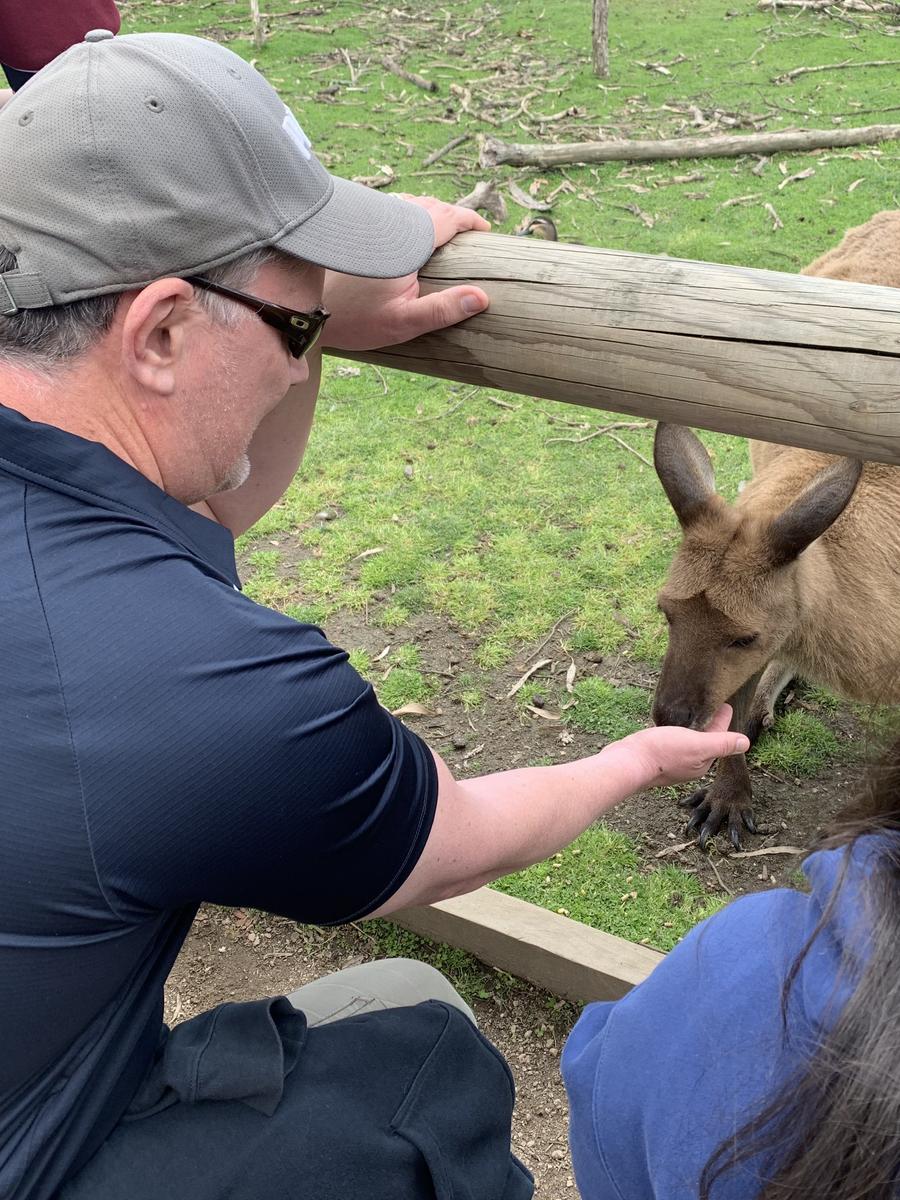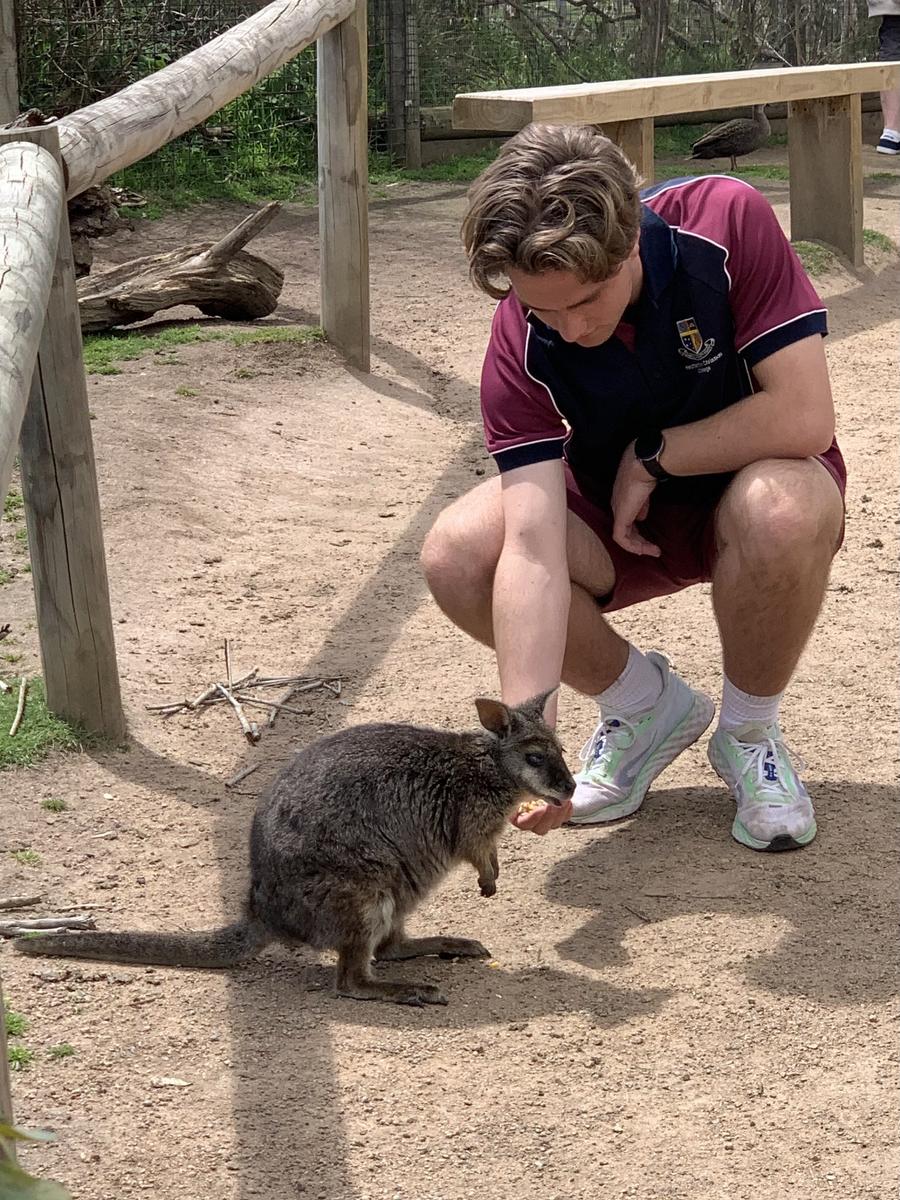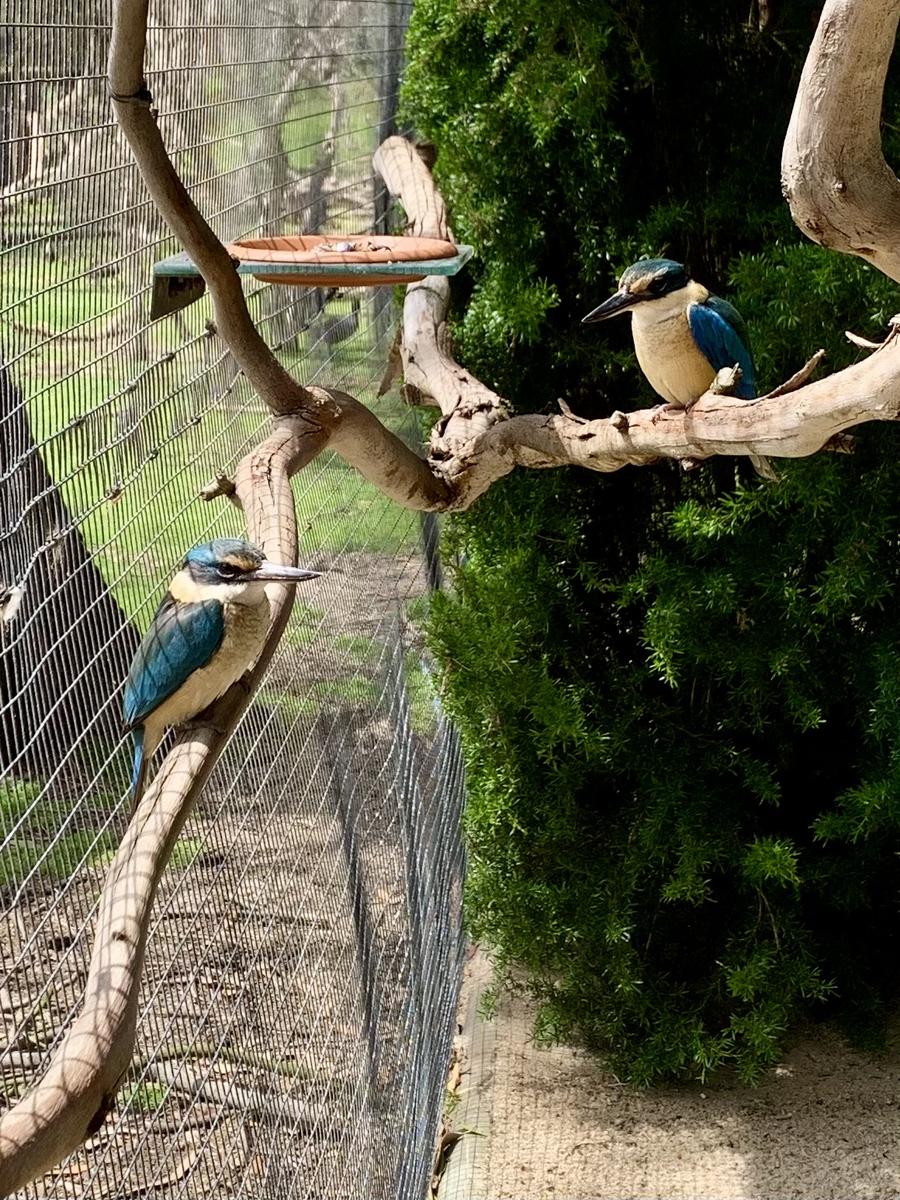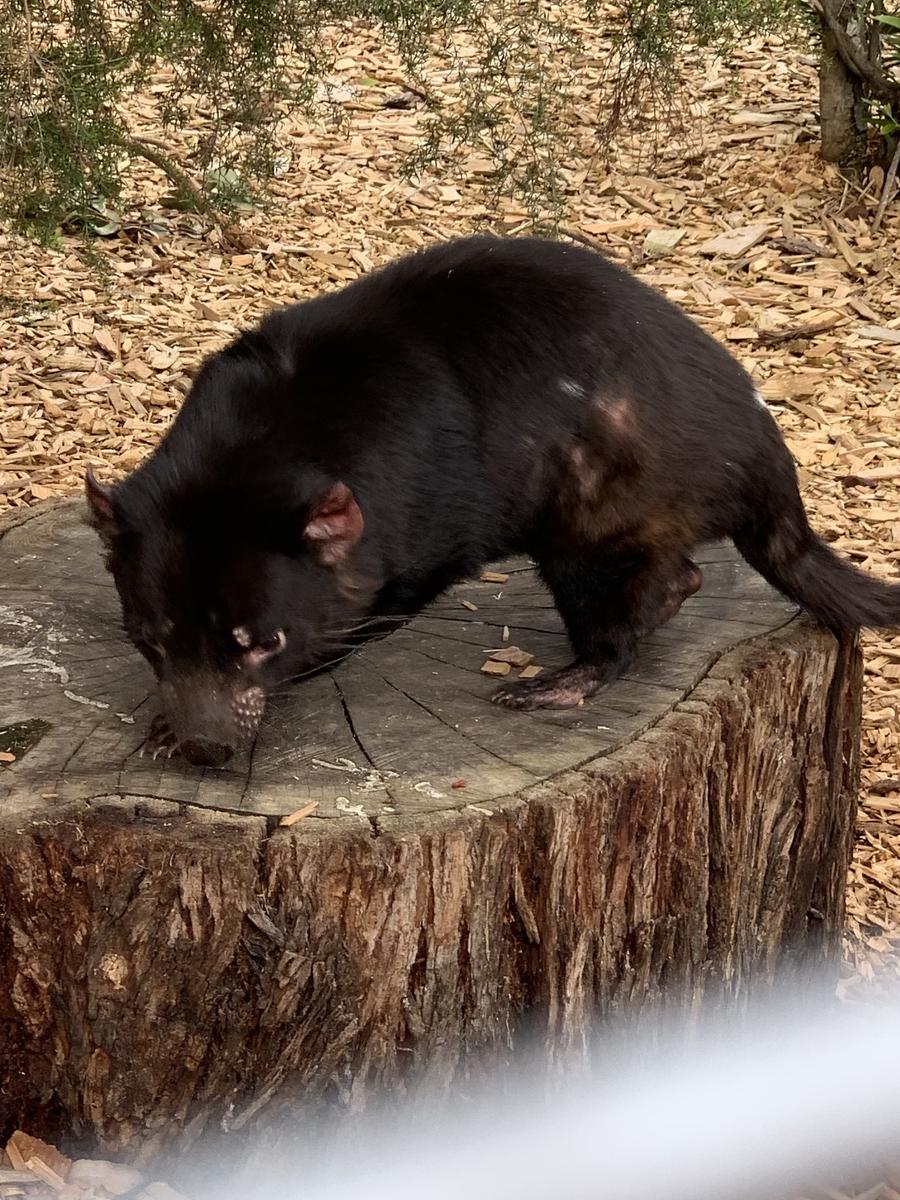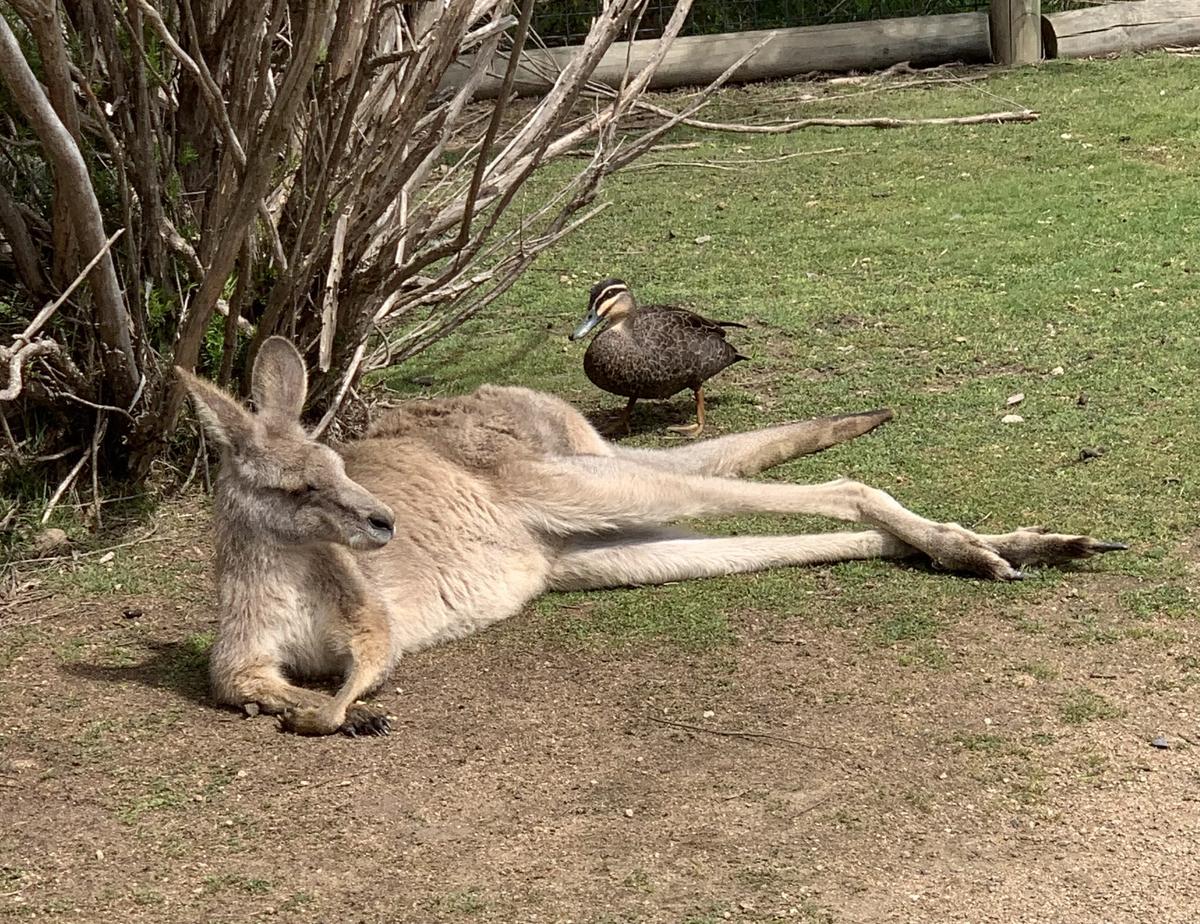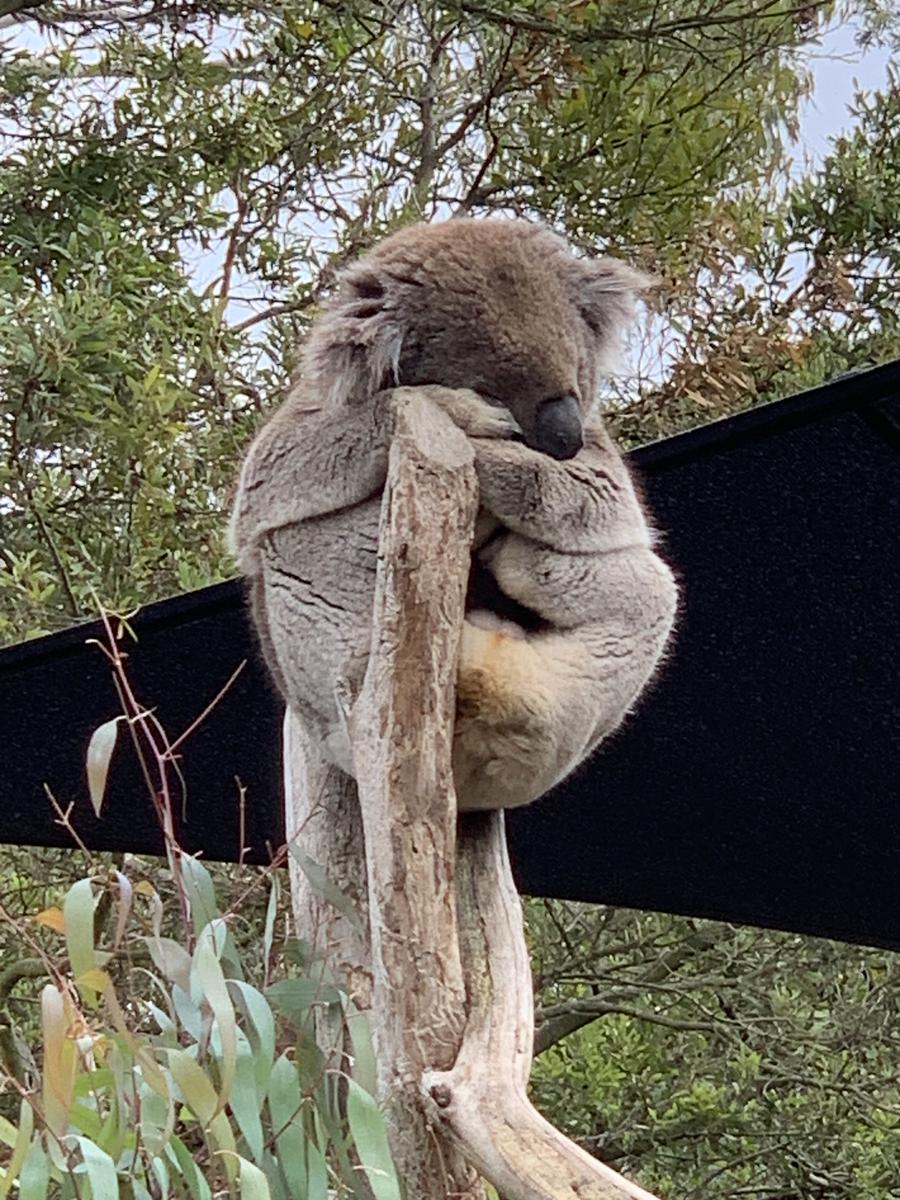Secondary Science
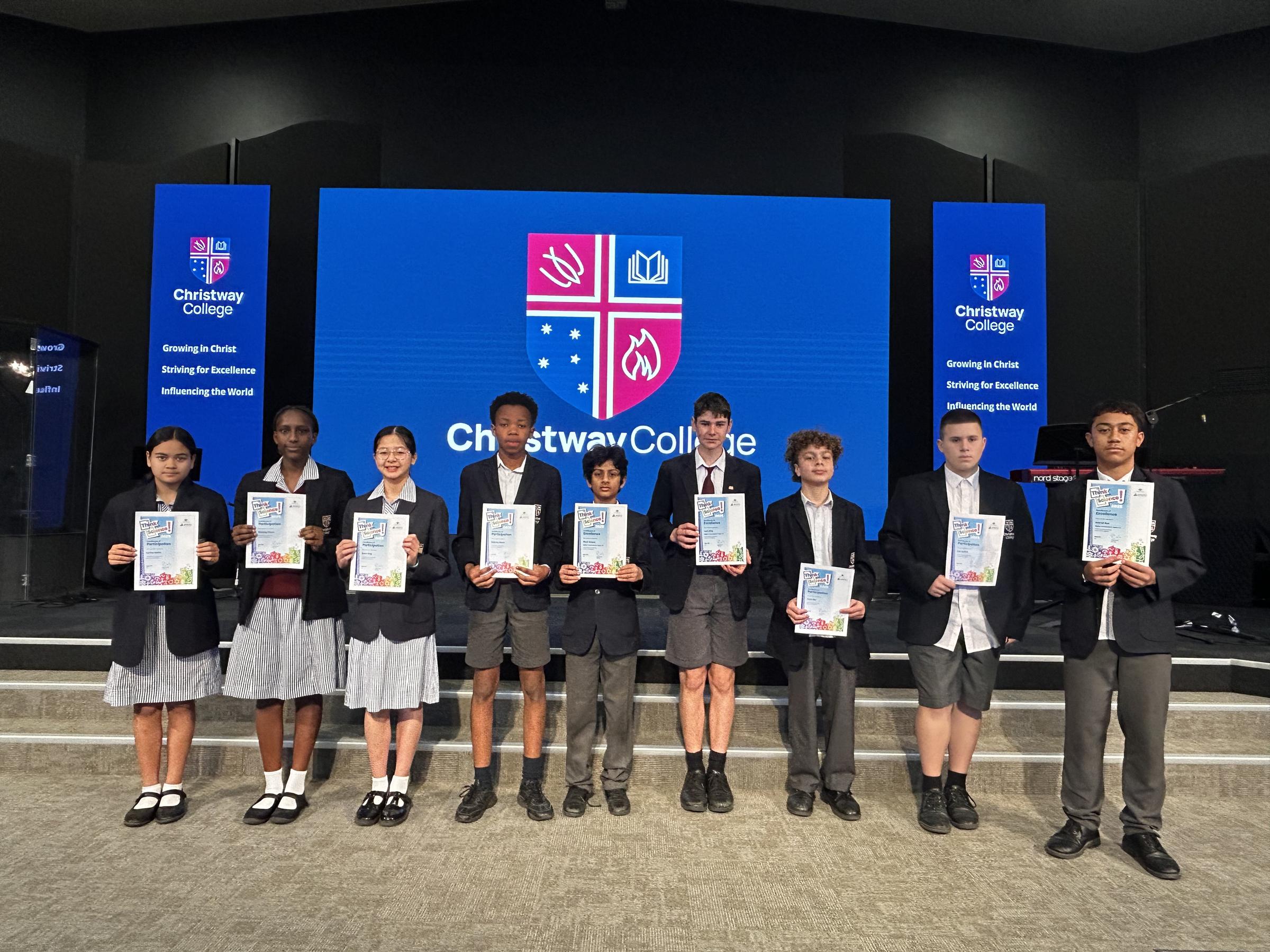
Cells in Year 8 Science
Year 8s have been using the microscopes and learning about the different organelles present in animal and plant cells during their biology unit. The students learnt how to use microscopes and observed different animal and plant cells using light microscopes. They explored functions of the organelles present in different cells and used their creativity and knowledge to create some amazing cell models. There were even some edible versions of a cell model, which I’m sure proved delicious.
ThinkScience Awards
The Year 8s received their awards for the ThinkScience award from the Australian Nuclear Science and Technology Organisation. Students completed individual experiments and prepared videos of their experiments for the competition. Congratulations to all students but specifically to those who achieved a second place and an honourable mention. The students who received second place were awarded a medal, certificate and $600 for science equipment.
Experiments in Year 11 Physics
The Year 11s have been completing an experimental design for their Area of Study. Each student needs to prepare a research question, hypothesis and plan the experimental method. The students completed their experiments which looked at the efficiency of falling masses on the generation of electricity and how variations in falling mass effected the ability of a ball to skim across water. The students are now preparing posters outlining their experiments.
Lisa Thomson
Science Teacher
Year 11 Biology and Chemistry Excursion to Moonlit Sanctuary
Our Year 11 Biology and Chemistry students recently enjoyed a wonderful day of learning and discovery at Moonlit Sanctuary, exploring the incredible diversity of God’s creation. The sessions on Exploring Ectotherms and Mammals and Birds brought to life their classroom studies on the biological importance of genetic diversity and the structural, physiological, and behavioural adaptations that enable animals to survive and thrive within their ecosystems. They also got to consider elements of the Chemistry curriculum regarding water quality.
Students had the special opportunity to hand-feed wallabies and kangaroos and to observe many other fascinating native species up close. Through these experiences, they were reminded of the intricate design and creativity of our Creator, evident in every living creature.
It was a day filled with curiosity, joy, and gratitude - a chance to deepen both their scientific understanding and their appreciation for God’s handiwork in the natural world.
Dr Phil Bergen
Science Teacher
